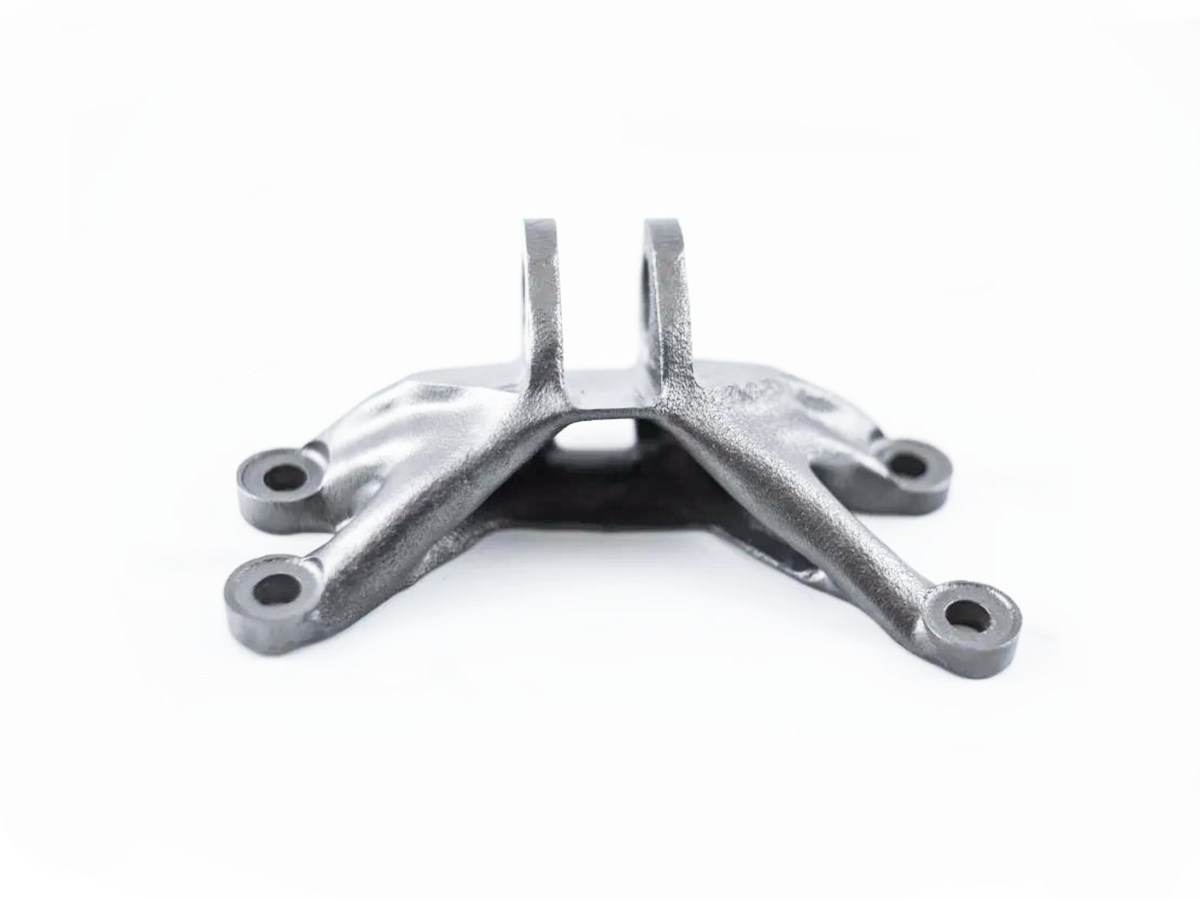How do passivation or electropolishing improve corrosion resistance?
Passivation and electropolishing are critical post-processing treatments specifically designed to maximize the innate corrosion resistance of stainless steel and other alloys. While both achieve this goal, they operate on fundamentally different principles and offer distinct advantages. Understanding the mechanism behind each process is crucial for selecting the right finish that meets your application's performance requirements.
The Mechanism of Passivation: A Chemical Enhancement
Passivation is a precise chemical process that does not mechanically alter the part's dimensions or significantly change its surface appearance. Its primary function is to restore and optimize the protective oxide layer that makes stainless steel "stainless."
The process works as follows:
Contaminant Removal: During machining, cutting, or grinding, microscopic particles of free iron (Fe) are smeared and embedded into the surface of the stainless steel. These iron particles are anodic to the underlying chromium-rich material, creating sites for localized galvanic corrosion, rust, and pitting. The part is immersed in a nitric or citric acid bath, which selectively dissolves and removes these embedded free iron contaminants without significantly etching the base metal.
Oxide Layer Reformation: The acid bath also strips away the existing, often compromised, passive layer. Once the chemical contaminants are removed and the part is exposed to oxygen in the air or water rinse, a new, uniform, and non-reactive chromium oxide (Cr₂O₃) layer forms spontaneously on the freshly exposed surface. This new layer is thicker, more continuous, and chemically stable than the one present after machining.
In essence, Passivation does not make the metal more resistant; it allows the metal to achieve its maximum potential corrosion resistance by creating an ideal environment for a superior passive layer to form. It is the essential, non-negotiable final step for any CNC Machined stainless steel part used in corrosive environments.
The Mechanism of Electropolishing: An Electrochemical Transformation
Electropolishing is an electrochemical process that serves as a controlled reverse of electroplating. It simultaneously improves corrosion resistance through several mechanisms by physically and chemically modifying the surface.
The process involves immersing the part as an anode in a temperature-controlled electrolyte bath (typically a mixture of acids) and applying a direct electrical current. The key effects are:
Micro-Smoothing and Deburring: The electrical current causes the metal ions to dissolve from the surface. Due to higher current density at high points (peaks and micro-burrs), material is removed faster from these areas than from the valleys. This results in a leveling effect, producing a smooth, mirror-like finish that reduces the surface area available for corrosive agents to attack.
Micro-Structure Enhancement: Electropolishing preferentially removes embedded impurities, inclusions, and the work-hardened layer left by machining, leaving behind a cleaner, more metallurgically uniform surface.
Enrichment of the Passive Layer: Crucially, the process selectively removes iron from the surface at a faster rate than chromium. This leaves the surface layer enriched with a higher concentration of chromium. When the part is removed and rinsed, this chromium-rich surface forms a thicker, more robust, and more chemically homogeneous passive oxide layer than is possible through passivation alone.
Therefore, Electropolishing actively improves the material's surface by making it smoother, cleaner, and inherently more corrosion-resistant due to chromium enrichment.
Comparison and Application Selection
The choice between passivation and electropolishing depends on the application's functional and aesthetic demands.
Factor | Passivation | Electropolishing |
|---|---|---|
Process | Chemical | Electrochemical |
Material Removal | Negligible (typically < 0.1 µm) | Significant (typically 15-40 µm) |
Primary Corrosion Improvement | Removes contaminants to allow optimal passive layer formation. | Creates a smoother surface and a thicker, chromium-enriched passive layer. |
Surface Finish | No change to visual appearance or roughness. | Produces a bright, mirror-like, smooth finish. |
Deburring | No | Yes, effective for micro-burrs. |
Ideal For | All stainless steel parts where dimensional stability is critical and a cosmetic finish is not required. Essential for medical, aerospace, and food-grade components. | Parts requiring a hygienic, easy-clean surface (medical, pharmaceutical, food & beverage), superior corrosion resistance in harsh environments (marine, chemical), and a high-luster aesthetic. |
Conclusion: A Synergistic Approach
Both passivation and electropolishing are not merely cosmetic treatments but are engineering-critical processes that fundamentally enhance the surface integrity of stainless steel. Passivation is the cost-effective baseline for ensuring corrosion resistance by cleaning the surface. Electropolishing is a premium process that actively upgrades the surface's physical and chemical properties. For the most demanding applications in industries such as medical devices or Aerospace, electropolishing is often the specified choice, as it provides the highest possible level of performance and cleanliness.



